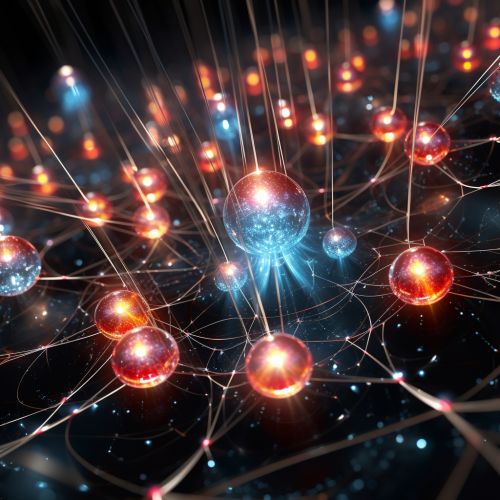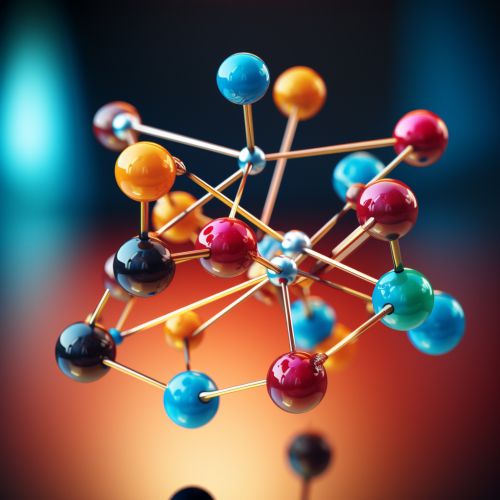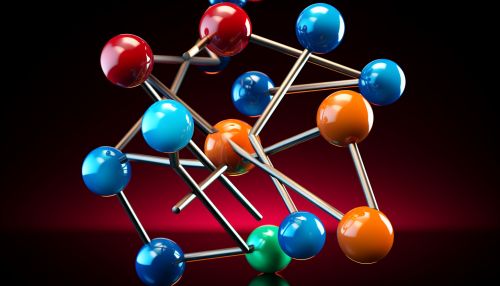Ab Initio Prediction
Introduction
Ab initio prediction is a term derived from Latin, meaning "from the beginning". In the context of computational science, it refers to methods that solve problems using only fundamental, established laws of nature without any additional empirical or adjustable parameters. These methods are particularly prevalent in the field of quantum mechanics, where they are used to predict the properties of systems based on the principles of quantum physics.
Ab Initio Methods in Quantum Mechanics
In quantum mechanics, ab initio methods are used to solve the Schrödinger equation, which describes the behavior of quantum systems. The solutions to this equation provide the wavefunctions of the system, which can be used to calculate various properties such as energy levels, transition rates, and structural properties.


The most basic ab initio method is the Hartree-Fock method, which approximates the wavefunction of a system as a single Slater determinant. This method is computationally intensive, as it requires the calculation of a large number of integrals. However, it provides a good starting point for more advanced methods.
Advanced Ab Initio Methods
More advanced ab initio methods, such as configuration interaction (CI) and coupled cluster (CC) methods, take into account the correlations between the particles in the system. These methods provide more accurate results, but at the cost of increased computational complexity.
Another advanced ab initio method is the density functional theory (DFT), which approximates the wavefunction of a system in terms of its electron density. This method is less computationally intensive than other ab initio methods, and it is widely used in the study of large systems.
Applications of Ab Initio Methods
Ab initio methods have a wide range of applications in various fields of science and engineering. In chemistry, they are used to predict the properties of molecules, such as their energy, structure, and reactivity. In physics, they are used to study the properties of atoms, ions, and solids. In materials science, they are used to design new materials with desired properties.


In all these applications, the goal of ab initio methods is to provide accurate and reliable predictions that can guide experimental research and technological development.
Challenges and Future Directions
Despite their success, ab initio methods face several challenges. One of the main challenges is the computational cost, which limits the size of the systems that can be studied. Another challenge is the accuracy of the methods, which depends on the quality of the approximations used.
To overcome these challenges, researchers are developing new ab initio methods and improving existing ones. They are also developing new computational techniques and hardware to increase the computational power available for ab initio calculations.
In the future, ab initio methods are expected to play an increasingly important role in the advancement of science and technology.
